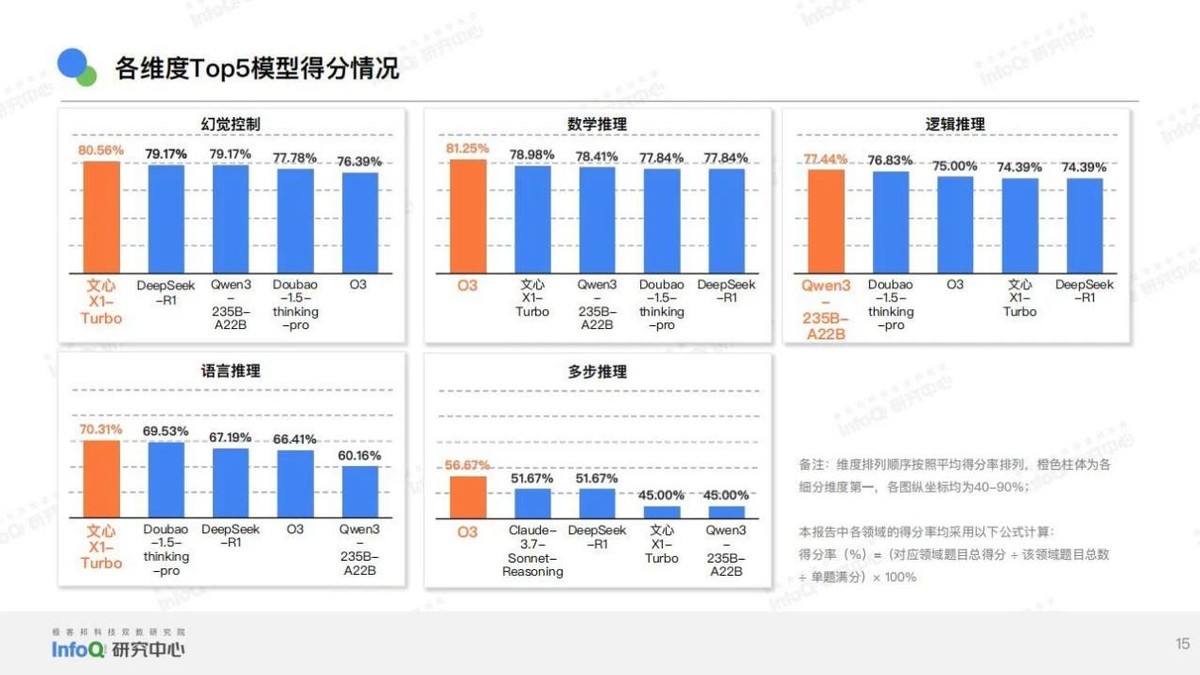Revolutionizing Internet Giants: AI's Impact on Advertising, E-commerce, and Beyond
![]() 06/12 2025
06/12 2025
![]() 595
595
Text: Internet Circle
As the first half of the year speeds by, a standout trend in the internet industry is the surge in AI investment. Following the emergence of DeepSeek in February, leading internet companies have significantly increased their funding in AI.
Take Tencent, for instance. During their March earnings call, the introduction of AI technologies followed immediately after Pony Ma's speech, signaling its strategic importance. Future capital expenditures will see a marked increase, predominantly in computing power infrastructure.
In February, Alibaba announced a three-year investment of 380 billion yuan in cloud and AI hardware infrastructure. CEO Wu Yongming emphasized, "The explosion of AI far exceeds expectations. The domestic technology industry is on the rise with immense potential. Alibaba will spare no effort to accelerate the development of cloud and AI hardware infrastructure to propel the entire industry's ecological growth."
Baidu's Robin Li echoed this sentiment during a conference call, stating, "We believe that our AI-first strategy positions us at the forefront, enabling us to seize long-term growth opportunities in the AI era." In March, Baidu unveiled two significant products: Wenxin 4.5 and Wenxin X1.
Browsing through various short video apps, AI-generated content has become ubiquitous. Children now use large models to aid their homework, while elders discuss the trendy term 'AI'...
Yet, amidst the excitement, where exactly lie the opportunities? How can these giants recoup their increased capital expenditures? It seems somewhat elusive.
In this article, we delve into the changes and opportunities that AI has brought to internet companies, simplifying complex concepts for a broader understanding.
Big Models: The New Era's 'Traffic Entrance'
From the pronouncements of these tech giants, it's evident that AI is now their top strategic investment priority. Reflecting on this, the rationale is straightforward. We can approach this from both business and technical perspectives.
On the business front, growth has slowed. According to Tianyancha APP, after years of expansion, internet giants appear to have reached a plateau, with revenues generally growing at a single-digit rate or even experiencing negative growth in some years. To regain high growth rates, new potential avenues must be explored.




Technologically, AI emerges as a potential growth driver.
From an AI technical standpoint, the underlying logic of big models is a systematic engineering that integrates massive data training, advanced neural network architectures, and large-scale computing. The core lies in extracting general knowledge from unlabeled data through self-supervised learning and fine-tuning it for specific tasks.
In layman's terms, it's akin to science fiction where a person is fed vast amounts of data and equipped with an extremely advanced brain.
The industry's progression mirrors what Kevin Kelly described in his book 'Inevitable': "When potential energy accumulates to a critical point, the industry will usher in exponential growth opportunities."
Simply put, technological waves often build upon and amplify each other. Each new wave stands on the shoulders of the previous one, unleashing even greater energy. Currently, AI stands on the foundation of giants like mobile internet and cloud computing.
Technologically, only internet companies, with their vast data repositories and well-established infrastructure (their 'brains'), possess these capabilities.
This gives these giants the financial means to compete. More importantly, in terms of talent density and attractiveness, internet companies rank at the top across all industries.
With the right timing, location, and people, the key lies in application and monetization. Business lines often overlap among giants. Tencent, with its extensive business lines and strong commercialization, serves as a representative example. Let's delve into Tencent's case.
Tencent's business portfolio spans social networking, gaming, payments, AI + cloud computing, video, music, short videos, and advertising, covering most industry sectors. From management statements, AI is poised to boost Tencent's revenue from five avenues.
1. The Hunyuan Big Model: Monetization could start with a subscription model, followed by performance advertising and value-added services. This implies direct charging initially, supplemented by advertising and value-added services.
For instance, Baidu's Wenxin Yiyan initially had a subscription model, but costs significantly dropped after DeepSeek's entry, making it free. As big models become essential tools for office workers, each company has its strengths. Thus, a paid subscription model may resurface in the future, akin to WPS, Jianying, and Baidu Netdisk, where paid users enjoy extended functionality.
2. Enhanced AI Experience through Multi-Model Strategy: For example, integrating DeepSeek R1 into Yuanbao and testing AI features on WeChat. Martin Lau also stated that more AI features will be added to WeChat. Tencent's experience in software businesses (like online games) shows synergy between developers and operators.
In other words, while Tencent develops its own Yuanbao and customizes solutions using proprietary data, it also utilizes external models to incorporate the latest industry technologies. These approaches can have a synergistic effect.
This is similar to how domestic smartphone manufacturers develop exclusive systems based on Android, which can be continuously iterated and upgraded, like Huawei's 'HarmonyOS'.
Like the Android system, basic models in the future will likely be controlled by a handful of tech companies. Scarcity breeds the right to charge.
3. AI Integration in Enterprise Services: For instance, providing AI services customized for enterprise users' proprietary data, AI summary functions in Tencent Meeting and DingTalk, etc.
In cloud computing, it involves renting computing power and algorithms. Alibaba's MaaS, for example, has the following business models: model invocation traffic settlement charged per thousand tokens; customers can rent GPUs by the hour, day, month, or year after model adjustments. Overall, Maas revenue mainly stems from rentals, followed by model invocations and peripheral product sales. While it accounts for a single-digit percentage of Alibaba Cloud's business, the average profit margin reaches 30-40%.
4. AI Empowerment of Existing Businesses: Tencent's President Martin Lau provided several examples showcasing how AI enhances existing products and businesses.
In advertising, AI drives ad placement precision and effectiveness, offering AI-based creative solutions. In gaming, AI optimizes matching experiences, provides guidance for new players, improves 3D content production efficiency, and supports in-game chatbots. In video and music services, AI enhances productivity and animation production efficiency.
Alibaba and Baidu follow suit. For example, Baidu's homepage integrates AI, alleviating the issue of excessive advertising that was previously criticized. Alibaba empowers e-commerce, helping merchants save costs and enhancing user experience and loyalty.
5. Investments in AI: This includes restructuring AI teams, increasing capital expenditures, and purchasing more GPUs. Tencent will continue investing in its models and accelerating AI application development across business units.
It's also investing in marketing to raise user awareness and promote new AI products, enhancing WeChat and Yuanbao applications.
In summary, there are two main aspects: firstly, using AI to empower existing businesses, reduce costs, increase efficiency, and improve user experience. Secondly, the arms race centered around big models. After integrating DeepSeek, everyone aims to become and surpass it. Think of it as the 'Android' or 'iOS' of the AI field, requiring its own underlying operating system. Whoever controls this system becomes the gateway for daily AI applications and the 'core AI subscription'.
How to control this system? The answer is significant financial investment. Like the birth of Android and iOS, these giants ultimately hold the discourse power.
AI Beyond Big Models: A World of Endless Possibilities
Funds allocated for AI model training and reasoning are astronomical. It involves invoking tens of thousands or even millions of GPU clusters, requiring unified planning and scheduling to ensure data flow between networks, storage, and computing units.
Running GPU clusters on such a large scale consumes immense electricity. According to a China Energy News report, a typical AI data center's electricity consumption is equivalent to that of 100,000 households. Thus, site selection is crucial, considering factors like climate and electricity supply stability and economy.
Moreover, an AI server rack's power may be ten or even a hundred times that of a conventional server rack. Traditional air conditioning is insufficient for cooling, necessitating immersing the entire server in coolant.
Between the lines, there's a strong scent of money. This is a technology-intensive, capital-intensive, and data-intensive industry with high barriers to entry, exhibiting a pronounced Matthew Effect. In just two and a half years, the industry transitioned from the 'Hundred Models War' to the 'Ten Models Coexistence.' Among six highly anticipated big model 'Tigers,' two have announced withdrawing from basic model development.
More importantly, training a top-tier big model often requires months or longer, vast amounts of high-quality data, and a top-notch algorithm scientist team. Such investments resemble an 'arms race,' excluding small players.
Taking Tencent as an example, this year's average monthly salary per employee has increased by nearly 30,000 yuan, primarily driven by the addition of AI talent. Notably, this is a giant company with nearly 100,000 employees.
Besides money, data is also crucial – massive amounts of data. According to an InfoQ Research Center report, current big models have a significant flaw in multi-step reasoning, requiring cramming-style education to compensate.
'Data is the fuel of AI' has become an industry consensus. The Sequoia Conference noted that the current global data volume reaches 180ZB (1ZB=1 trillion GB), with the proportion of labeled data available for AI training increasing from 3% in 2020 to 15% in 2025.
Much of this data is in internet companies' hands, suggesting that big model winners may only be internet giants.
However, beyond big models, there's a vast world where numerous opportunities thrive. During a May Sequoia Capital closed-door meeting, Bret Taylor, Sierra's co-founder, mentioned that AI's value lies in solving problems and creating results. The charging model should align with this.
What does this mean? Whether B-end or C-end, as long as AI generates revenue for customers in niche areas and reduces costs, benefits can be reaped. Giants often pursue universality and scale, making it challenging for them to delve into specific niche industry business processes and tackle complex problems.
Therefore, this era presents an entrepreneurial opportunity. AI has devalued universal knowledge, giving high-level talents a chance to capture new market shares.
Overall, the current AI industry mirrors the technological revolutions of the PC and mobile eras. While mainstream basic big models may be completely controlled by giants, numerous development opportunities remain. For entrepreneurs, this is still a world of boundless possibilities.
Disclaimer: This article is based on companies' statutory disclosure content and publicly available information. However, the author does not guarantee the completeness or timeliness of this information. The stock market is risky, and investors should exercise caution. This article does not constitute investment advice, and investors must make their own investment judgments.







